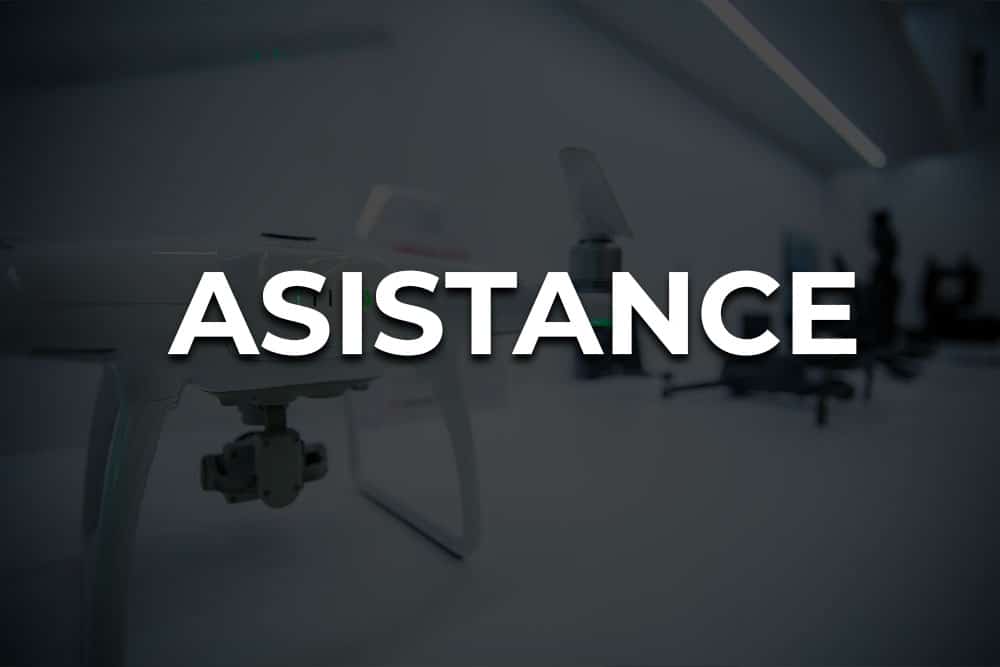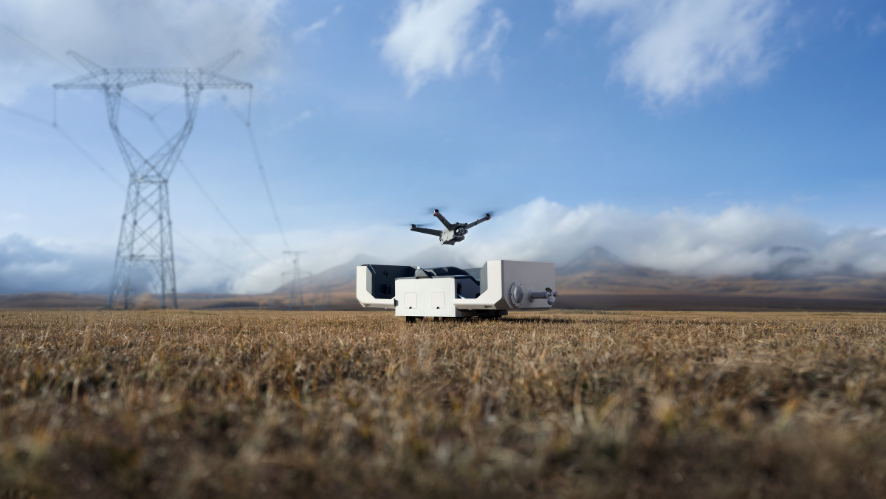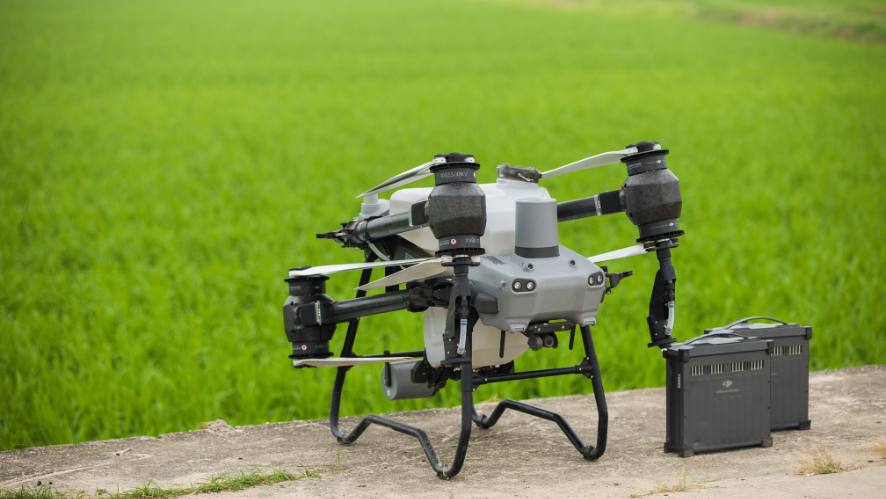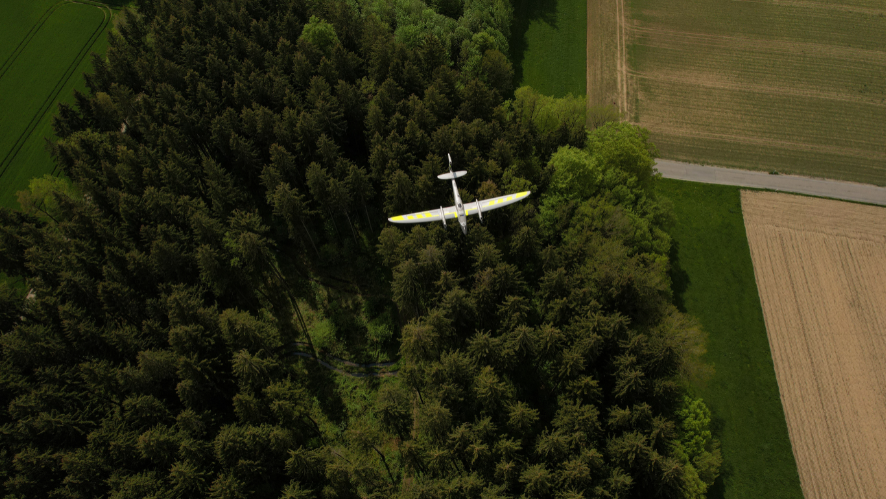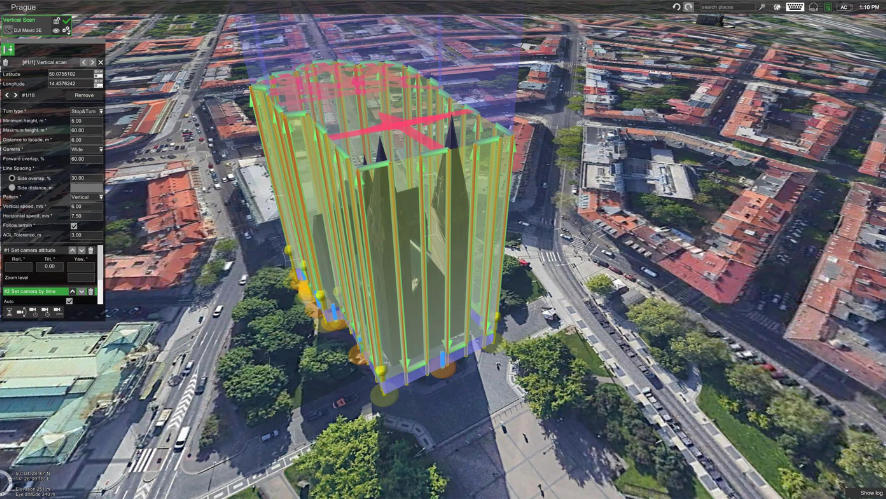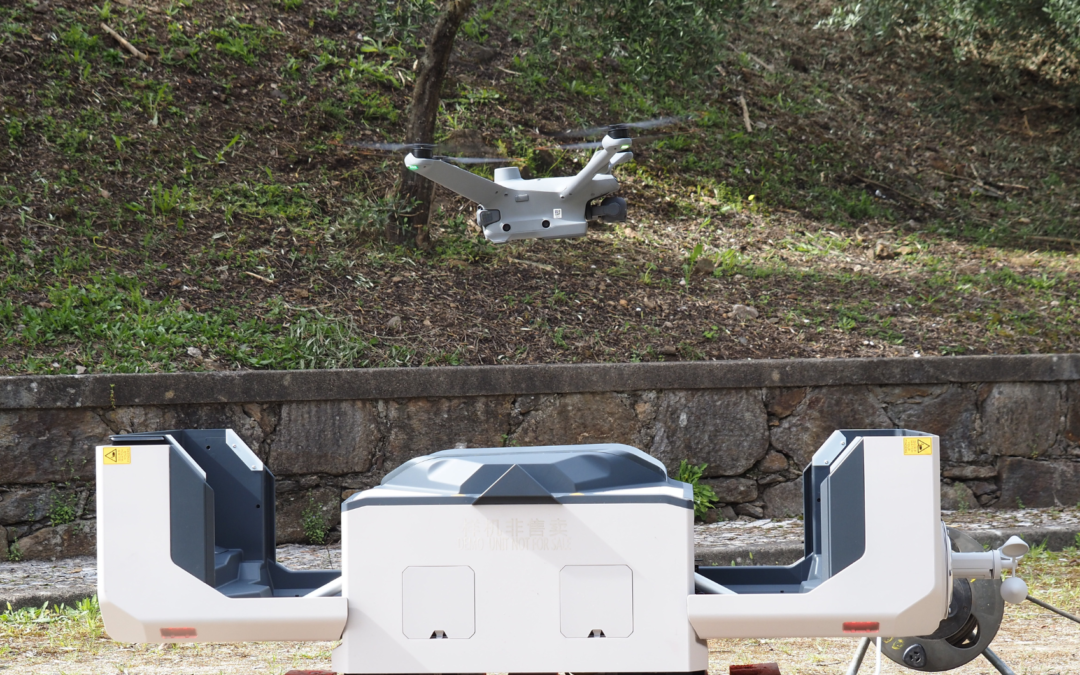The use of drones in remote operations is rapidly expanding, and DJI’s latest technology, the DJI Dock 2, is an example of how drones can be used in an automated and efficient way. However, for those who wish to incorporate this innovative solution into their fleet, it is essential to understand the legal requirements in the European Union to ensure that the operation complies with current regulations.
In this article, we explain the key aspects you need to know to operate the DJI Dock 2, while adhering to the rules set by European and national authorities, such as ANAC in Portugal and AESA in Spain.
Drone Operation Categories in Europe
As can be read in this article, in the European Union, drone operations are classified into different categories based on the level of risk they present. For most common drones, operations are carried out within the Open Category, which covers low-risk activities and does not require special authorizations. However, when we talk about automated operations, such as those made possible by the Dock 2, we are dealing with the Specific Category, as these involve flights beyond the pilot’s visual line of sight (BVLOS – Beyond Visual Line of Sight).
If you are using Matrice 3D series drones with DJI Dock 2 for remote operations without a pilot on-site, you will need to comply with the requirements of the Specific Category, which imposes a more rigorous authorization and risk analysis process.
How to Obtain Authorization for Specific Category Operations
To conduct drone operations within the Specific Category in Europe, you must obtain an operational authorization from the national aviation authorities in your country. Depending on the type of operation and its complexity, there are different ways to ensure compliance, but the most common methodology is the SORA (Specific Operations Risk Assessment).
The SORA is a tool that evaluates and mitigates risks associated with drone operations. It involves a series of steps that allow authorities to assess whether the proposed operation can be conducted safely, both for people on the ground and for other aircraft in the air.
Understanding the SORA Process
The SORA is essentially a detailed guide to identify and reduce the risks involved in a drone operation. For DJI Dock 2 users, this procedure is especially relevant, as it may involve operations conducted without the direct supervision of a pilot. The main stages of SORA include:
- Ground Risk Assessment (Ground Risk Class – GRC): Evaluates the potential for causing damage or impact on the ground and in populated areas.
- Air Risk Assessment (Air Risk Class – ARC): Examines the risk of collisions with manned aircraft or other objects in the airspace.
- Determination of SAIL (Specific Assurance and Integrity Level): Combines the identified risks on the ground and in the air to define the level of mitigation required.
- Operational Safety Objectives: After the SAIL is defined, it is important to ensure that the operation follows the safety guidelines set by the authorities.
Conclusion
The DJI Dock 2 is revolutionizing drone missions, making them more automated and efficient. However, for those operating in the European Union, it is vital to follow the safety guidelines established by EASA. It is important to adopt the SORA process, have local technical support, and ensure that your drone operations are conducted safely and in compliance with the law. If you plan to use DJI’s Dock 2, HPDRONES will be happy to provide you with all the guidance on how to meet local and European regulations, as well as the technical details of this tool.
__________________________________________________________________________________________



